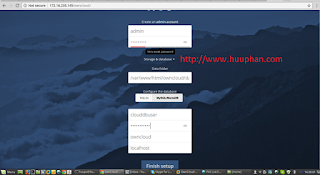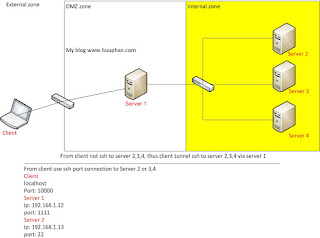curl: (35) SSL connect error

How to solve problem " curl: (35) SSL connect error " For example, curl command to https://huuphan.com error and appear code 35 error as below [root@huupv httpdocs]# curl -v https://huuphan.com * About to connect() to huuphan.local port 443 (#0) * Trying xxx.xxx.xxx.xxx... connected * Connected to huuphan.com (xxx.xxx.xxx.xxx) port 443 (#0) * Initializing NSS with certpath: sql:/etc/pki/nssdb * CAfile: /etc/pki/tls/certs/ca-bundle.crt CApath: none * NSS error -5990 * Closing connection #0 * SSL connect error curl: (35) SSL connect error Solve problem: To update curl and nss package For centos: # yum update curl nss For ubuntu: #apt-get update curl nss


